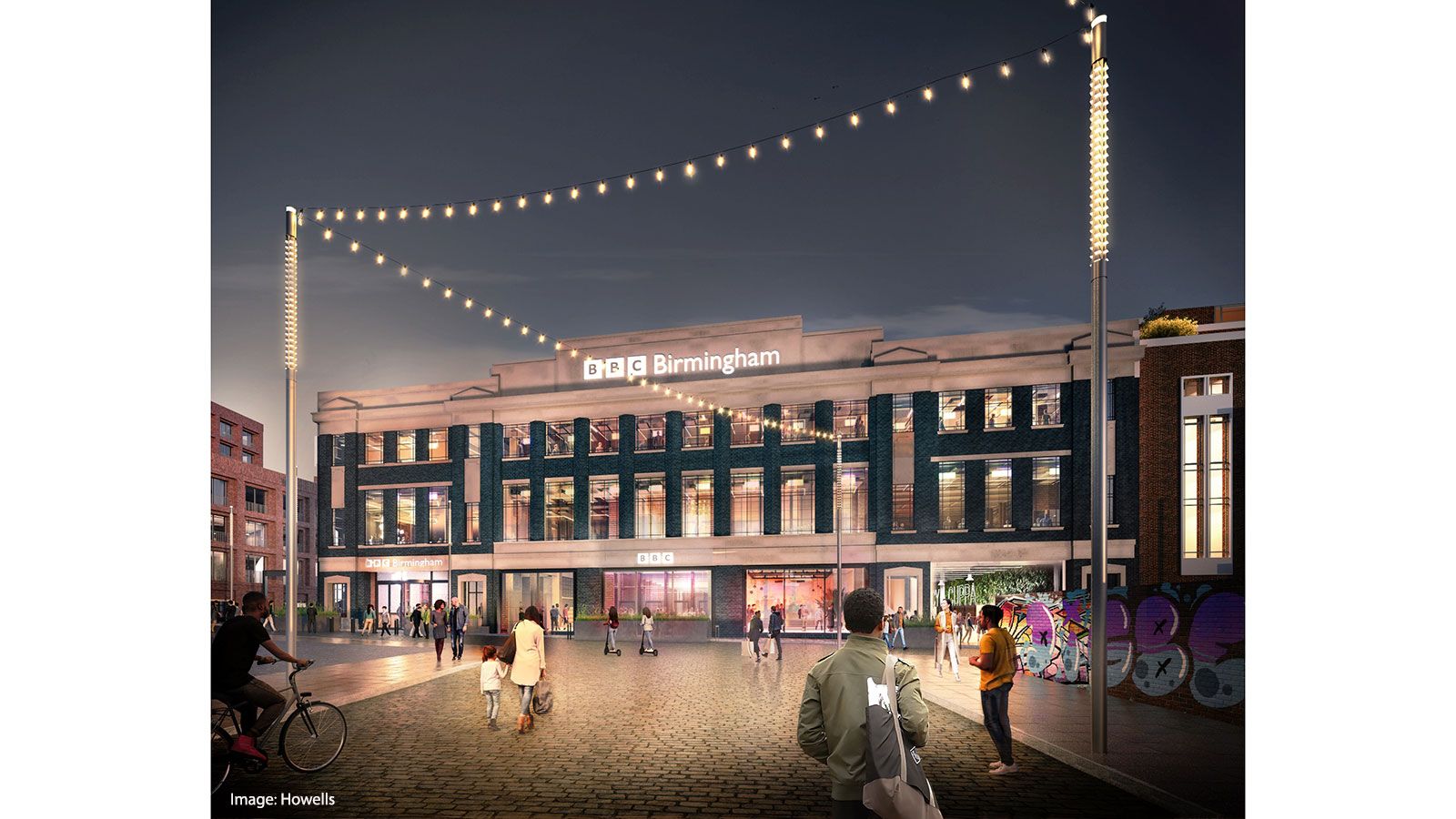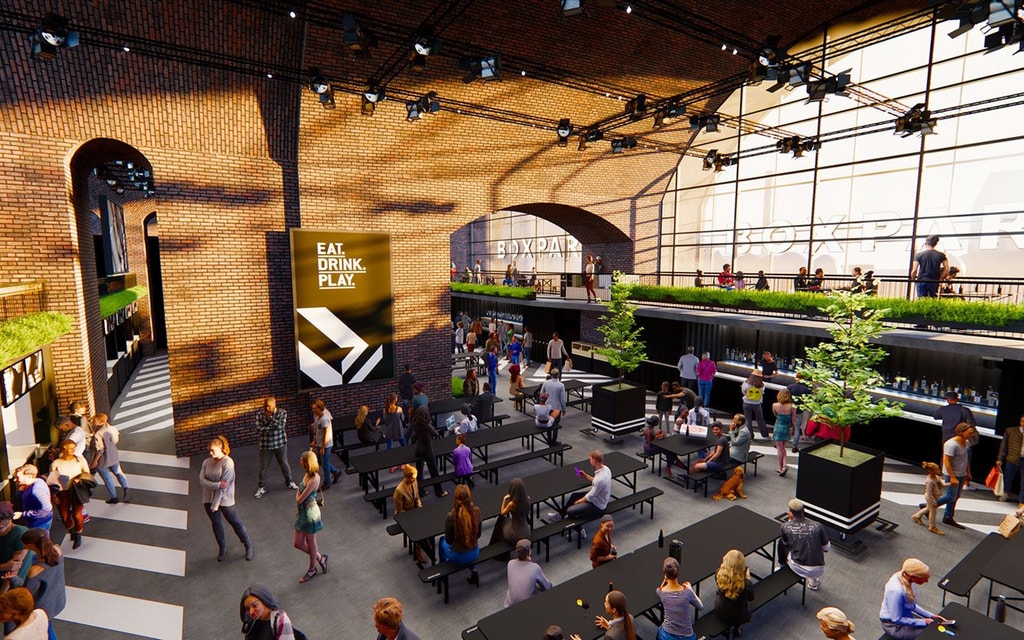Rebuilding Birmingham
The City of Birmingham, despite occasional setbacks, has displayed great bravery in upgrading its vision for 2040 in ‘Our Future City’. The recent application consent and the release of this version 2.0 of the 'Big City Plan' suggest a bold step forward. The city council's willingness to increase density in exchange for enhanced public realm demonstrates a commitment to positive urban development. Such initiatives are crucial for a city centre historically lacking green spaces beyond the graveyards of St Philips and St Pauls.

However, we must recognise the significant constraints imposed by the built fabric and the challenges faced by the built environment community in the UK’s second city. Challenges brought to bear by the decision to demolish the locally listed Ringway Centre. The much-maligned but much-loved modernist building is being fiercely defended by the 20th Century Society, which is campaigning for its retention, just as it did successfully for the BDP-designed Preston Bus Station in 2018.
The principle of retaining, refurbishing and adapting existing structures is well established where suitable adaptive reuse is proposed, but should fundamentally support the wider sustainability ambitions of local councils and architects alike. Like Kintsugi, the Japanese art of repairing broken pottery with seams of gold, our job is to embrace the flaws and imperfections to create stronger, more beautiful pieces of art, of architecture, of city fabric.
This ethos persists regardless of a structure's cultural or national significance and this approach must continue to be adopted in the city. However, the truth is that the practicality of adaptive reuse must be carefully weighed against commercial considerations and pragmatic building techniques.
While architects have long been immersed in the intricacies of sustainable buildings, recent legislative changes have spurred a deeper understanding of the inherent issues of maintaining existing structures. Despite its benefits, developers often hesitate to retain buildings due to perceived risks, efficiency concerns, capacity limitations, complexity, and, notably, cost. Saving existing buildings is a fundamentally more challenging, demanding specialised expertise.
Various factors, such as unsuitable floor plates, internal heights, historic fabric costs, and inherent health risks, contribute to the complexity. Primary structure limitations and the challenge of securing subsequent warranties add further layers of difficulty.
Repurposing buildings which offer commercial capability, is the ideal scenario, as seen with the adaptive reuse of the former Typhoo Tea Factory for the BBC in Digbeth, which is currently under development by Stoford. The project will reinvigorate the old factory buildings and the immediate surrounding area, delivering 84,000 square feet of new commercial premises for the BBC and 2,800 square feet of new leisure space.

Also arriving in Digbeth will be a new Boxpark. Designed by BDP, it is bringing new life, energy and activation to the existing disused Floodgate Arches site. This project will take residence within the cavernous spaces beneath a vast brick railway viaduct, a short walk from the Bullring and Grand Central.
Excitingly, this new context creates the opportunity for creative reinvention of what makes Boxpark such a successful concept, capturing the essence of the unique multifunctional events space accommodating a multitude of independent traders.
However, the viability of such projects often depends on covenant strength, grant funding and true collaborative efforts between developers, asset managers, investors, consultants and enthusiasm of the local authority.
Examining other projects like the refurbishment of St Margaret’s Bus Station for Leicester City Council underscores the clarity and logic behind some adaptive reuse initiatives. Retaining the primary structure in this case saved an estimated £3 million, allowing funds to be reinvested in surrounding infrastructure. Adaptive reuse can stimulate growth and prosperity.
But each project has its challenges and limitations. In the case of The Ringway Centre, we know it has a narrow footprint and limited flexibility. More importantly from a perspective of city regeneration, it also acts as a visual blockage between the city centre and the vibrant Southside area.
Although Heritage England granted immunity from listing for the Ringway Centre, past development options which focused on repurposing as residential, or hotel spaces, ultimately failed to progress. The current version aligns with Birmingham's evolving vision, embracing increased building heights and densification. On balance, I believe the council has made a difficult but correct decision.
Birmingham's progressive spirit from the '60s, encapsulated in the "Forward" banner, now champions change and evolution. For adaptive reuse, the Ringway Centre's failing lies in its lack of futureproofing and adaptability to the organic process of alteration and modernisation. For city regeneration it lacks permeability, severing city districts, when we need greater pedestrian linkage.
The Ringway Centre aside, encouragingly, the future holds much promise for greater adaptive reuse in the city, driven by ethical funding sources, developers prioritising sustainability, and supported by specialised, multidisciplinary consultants like BDP navigating the unique challenges faced by these projects.
The delicate analysis of existing buildings taking place in Birmingham is also happening across the country and we can see that effective adaptive reuse requires a nuanced understanding of commercial realities, architectural vision, and the evolving needs of a city.
There is no doubt that there will be more challenges and more debate about the future of our city’s buildings, but the solutions will be unique for each and judgements will be made by an increasingly sophisticated and informed industry and local government. The approach is spearheaded by a few but perhaps will become the default position for the many. Either way, it will be a significant and ever-evolving journey.